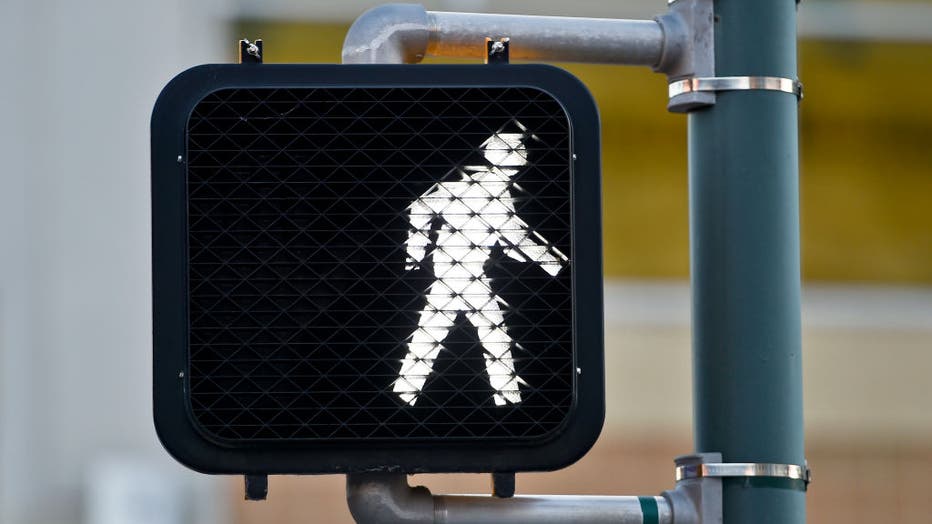Houston traffic: Report highlights hot spots of transportation injuries affecting children
HOUSTON - A new report from Rice University’s Baker Institute for Public Policy highlights "hot spots" of transportation injuries affecting children in Houston and identifies areas for targeted interventions to improve pedestrian safety.
Investigating incidents between 2018 and 2023, researchers focused on three broad hot spots that were particularly dangerous for children – two in Southwest Houston along the I-59 and Westpark Tollway corridors and one in the Sunnyside neighborhood.
"While we focused on the most dangerous areas for our data in this study, the big picture is that the areas of Houston where children were injured by motor vehicles over the last five years are as diverse as the city itself," said Zoabe Hafeez, nonresident fellow at the Baker Institute and lead author of the report. Hafeez is also an associate professor of pediatrics at the McGovern Medical School at UTHealth Houston and practices pediatric hospital medicine at Children’s Memorial Hermann Hospital in the Texas Medical Center.
According to the report, particularly dangerous spots were in Alief on Beechnut Street near Wilcrest Drive, in Gulfton on Glenmont Drive from Renwick Drive to Royalton Street as well as Hillcroft Avenue and in Sunnyside within the Sunnyside Square Mile.
MORE NEWS: Mother of 12-year-old killed speaks out for first time, funeral services set

FILE PHOTO. (Photo by Ben Hasty/MediaNews Group/Reading Eagle via Getty Images)
The study also highlighted improvements to Hillcroft Avenue, which was identified by Houston’s "Mayor Safe Street Initiative" and redesigned in 2021 with wider sidewalks, shared-use bikeways, improved intersections for pedestrian access, improved bus stop access and the reduction of motor vehicle lanes from eight to six.
According to the report, the changes resulted in reduced speeds in two major intersections, and pedestrians and bicyclists were less likely to encounter motor vehicles in an unsignalized intersection and were able to travel at higher speeds.
"Having good data is key," Hafeez said. "If we know where the worst areas for kids to walk and bike are, we can improve sidewalks, shared-use paths and crosswalks to create a better environment for all road users."
The report authors suggest that pinpointing hot spots can offer valuable insights for law enforcement to recognize high-risk driving behaviors, and for schools to deliver education on safe pedestrian and bicyclist behaviors.

